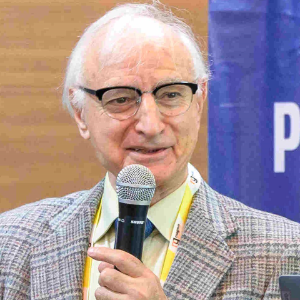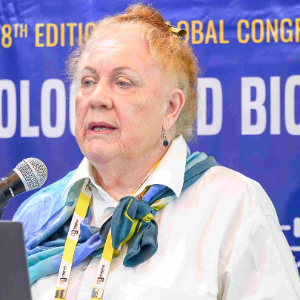Plant Anatomy
The study of a plant's cells, tissues, organs, and organ systems' structures, functions, and physiological processes is known as plant anatomy. The study of plant organs and organ systems' structure, development, use, and evolution is known as plant anatomy. It is the investigation of the internal organisation of plants and the connections between these parts. Cells, tissues, organs, and organ systems are the primary topics of interest. Structure, development, and evolution are the three main categories that make up plant anatomy. The structural components of a plant are its stem, leaves, roots, and flowers. The methods by which these components alter and develop over time are included in development. The changes that have happened in plants over time are a part of evolution. The evolution of a flower or the growth of leaves are examples of changes that have taken place in plants over time. The structure, function, and evolutionary background of plants are all well-understood through the study of plant anatomy.

Mohammad Babadoost
University of Illinois, United States
Mary Cole
The University of Melbourne, Australia
Valasia Iakovoglou
UNESCO chair Con-E-Ect, International Hellenic University, Greece
Satya S S Narina
Virginia State University, United States
Sara Hailemariam
Purdue University, United States
Midhat Mahboob
Lincoln University, New Zealand


Title : Exploring the genetic diversity in tannin-rich forages to explain the large intra species variability in tannin content
Selina Sterup Moore, Aarhus University, Denmark
Title : Isolation and functional properties of biomolecules of plants and its application
Balagopalan Unni, GEMS Arts & Science College (Autonomous), India
Title : Primed for the future: PGPR and the promise of sustainable, heritable crop resilience
Prashant Singh, Banaras Hindu University (BHU), India
Title : Revealing allelic variations in candidate genes associated with grain yield under salinity stress between two contrasting rice genotypes
Nisha Sulari Kottearachchi, Wayamba University of Sri Lanka, Sri Lanka
Title : Adaptive strategies of Aristida L. species across ecological zones of Pakistan: Linking soil characteristics with morphological and physiological traits
Iram Ijaz, University of Agriculture Faisalabad Pakistan, Pakistan
Title : Ethnobotanical survey and abundance of weeds in selected Manihot esculenta (cassava) Crantz farms in Osun state, Nigeria
Dada Caleb Mayokun, University of Ibadan, Nigeria